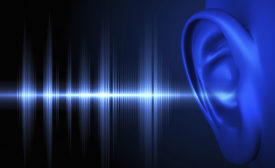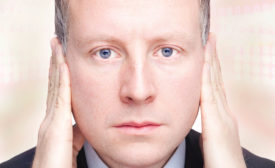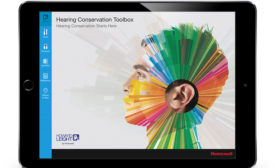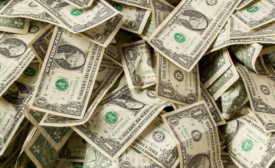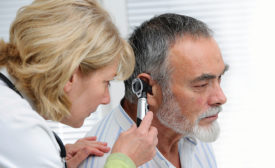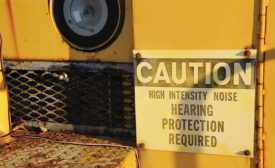Home » hearing loss
Articles Tagged with ''hearing loss''
Honeywell announces hearing conservation toolbox mobile application
One-stop information resource for workplace hearing safety for use on Apple iPad®
November 16, 2015
Get our new eMagazine delivered to your inbox every month.
Stay in the know on the latest safety trends.
SUBSCRIBE TODAYCopyright ©2024. All Rights Reserved BNP Media.
Design, CMS, Hosting & Web Development :: ePublishing
